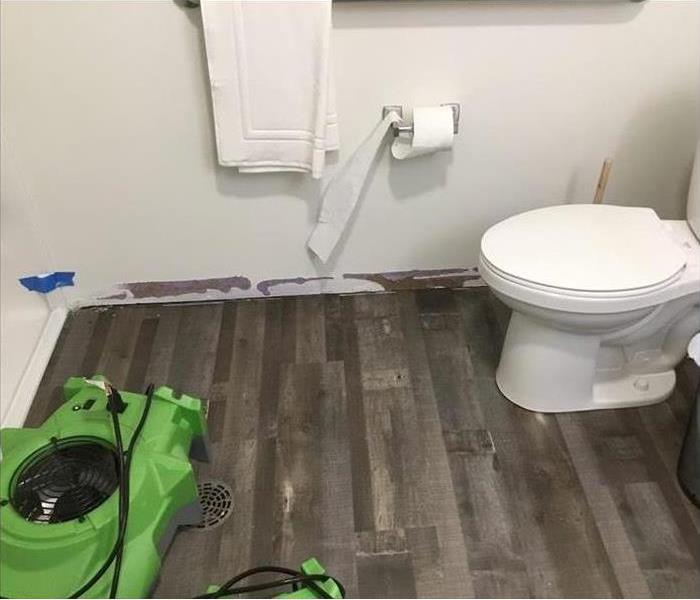How do I know if there is water damage in my home?
9/27/2023 (Permalink)
How to Check your home for Water Damage
Whether you've just been through a storm or are doing regular maintenance on your home, checking for water is always a good thing!
Don't wait until a BIG disaster happens!
Taking the time to complete the steps below periodically; Can save you from that big disaster and will keep that hard earned cash in your pocket!!
Step 1 - Check the Walls
The easiest sign of water damage to spot is water stains on the walls and ceilings.
Also check around the window and door frames for stains. Any unusual stains should be taken seriously, as they could be a sign of a leaky pipe or drain inside the wall.
Also look for cracks in the drywall and bubbling under the paint. An area of wall that has been exposed to water can also have a swollen appearance and be soft to the touch.
Step 2 - Check the Floors
Water damage can happen to any type of flooring and can also seep down to the sub floor. Look for any warping or buckling of the floors, especially in the basement. If the floor looks warped, water damage is most likely the cause.
Step 3 - Check the Pipes
Inspect the piping in the kitchen, bathrooms, laundry room, and basement for corrosion around the pipe connections, leaks, or water stains. Inspect the caulking around the bathroom fixtures. Missing or loose caulking could be caused by water seepage. Look for missing grout or signs of mold. Check the water heater for wet spots on the floor and rust on the tank.
Step 4 - Check the Basement
Basement leakage is a common problem found in houses.
Water in the basement often causes damage to the flooring, baseboards, walls, and furniture. Additionally, odors caused by mold and mildew can be unpleasant and even cause health problems.
Inspect for cracks, stains, rust, dampness, mold, and odors. If you have drywall in your basement, Water can wick up it. Check all drywall for signs of water or water stains.
Step 5 - Check the Attic
Check the attic for stains, mold, and other signs of leaks.
Pay special attention to the valleys where 2 roof planes come together, the flashing where the roof meets the walls, and the flashing around roof vents and chimneys.
The insulation should be dry and in good condition. Houses located in cold climates can develop ice dams on the roof, which cause water to leak into the attic from melting snow and ice on the roof. Also make sure that attic ventilation is sufficient.
Step 6 - Check the Exterior
Make sure to check the exterior of the house as well. Check the roof for damaged flashing and missing, cracked, or curled shingles.
If you see standing water anywhere outside the home, it could be the sign of a problem. A puddle could be due to poor drainage in the yard, leaky rain gutters, or gutter spouts that don t take water far enough from the house.
The house should be situated on the highest point of the property, with the ground sloping away from the house.
If you see any signs of water damage in your home; call 1-603-298-6942 today. Don't let that small amount of water become a HUGE problem for you!

 24/7 Emergency Service
24/7 Emergency Service
